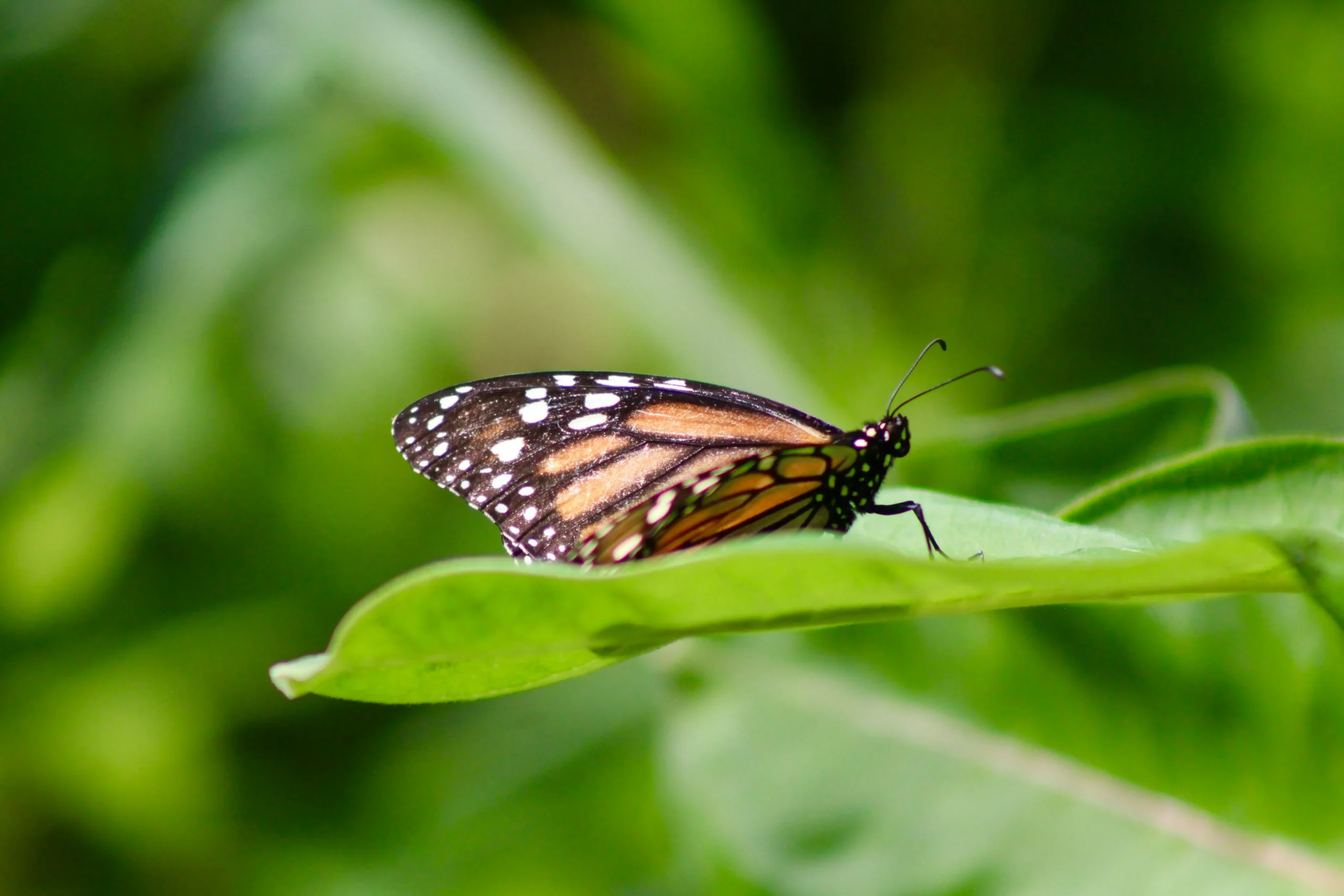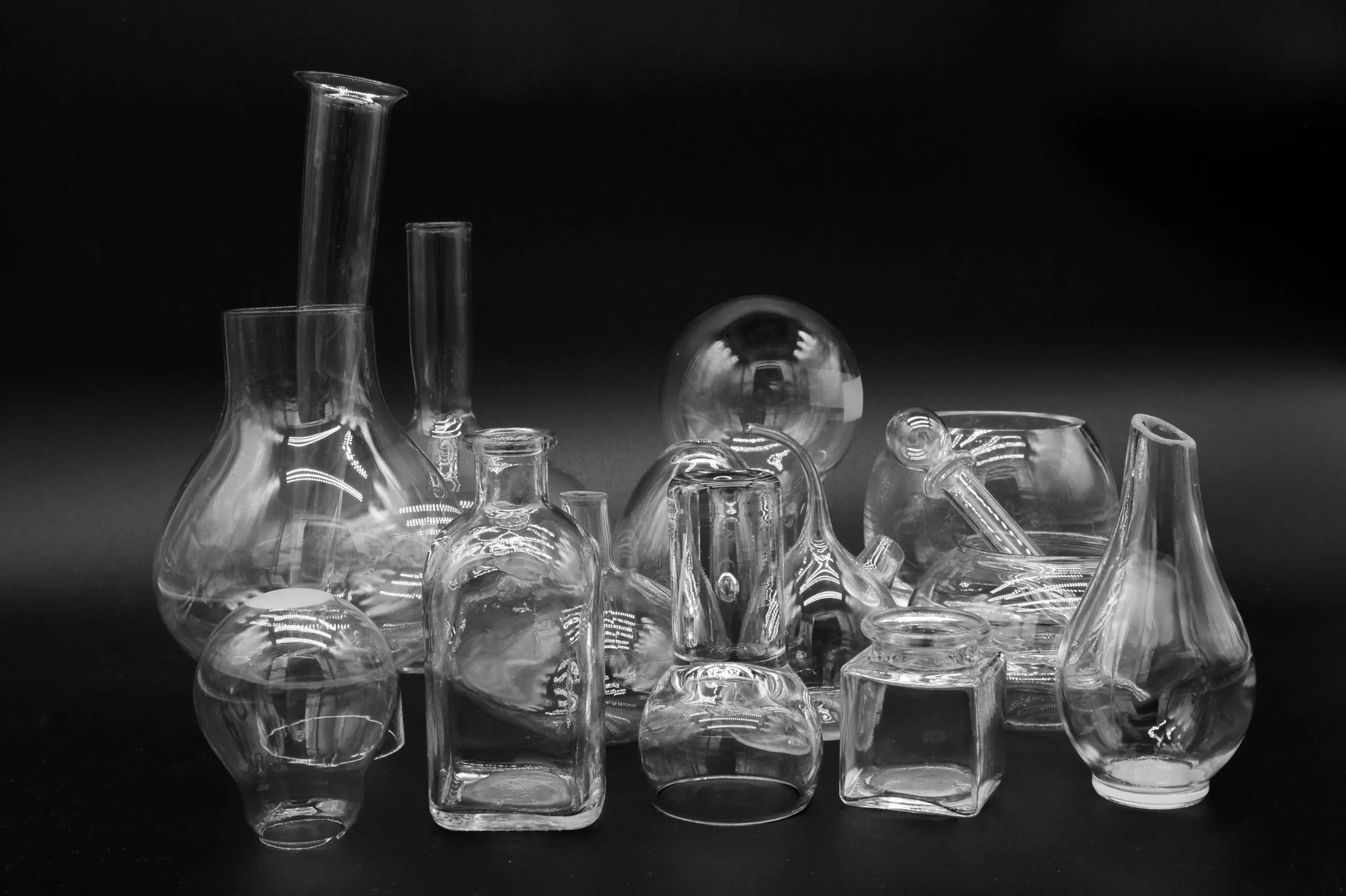Conservation Biology: The Unseen Engine of 2025’s Sustainable Revolution
Imagine a world where 50% of global GDP hinges on ecosystems at risk of collapse—a reality the World Economic Forum warns could unfold by 2025. As entrepreneurs and innovators race to future-proof their ventures, one discipline stands as the linchpin for survival and success: conservation biology. Far from being a niche scientific field, conservation biology has emerged as a cornerstone of sustainable business models, cutting-edge technologies, and consumer trust. In 2025, it’s no longer optional; it’s the blueprint for resilience in a climate-disrupted era. This article unveils how conservation biology intersects with profitability, innovation, and societal impact, offering actionable strategies to harness its power. Whether you’re launching a startup or scaling an enterprise, here’s your roadmap to thriving in the age of ecological accountability.
Conservation Biology: More Than Saving Species
At its core, conservation biology isn’t just about protecting pandas or rainforests—it’s about safeguarding the biological systems that underpin economies. Take pollination: over $577 billion in annual global food production relies on bees and other pollinators, yet 40% of pollinator species face extinction. For agribusinesses, this isn’t an ecological footnote—it’s a direct threat to supply chains. In 2025, forward-thinking companies like Unilever are integrating conservation biology into R&D, using genetic diversity studies to develop climate-resilient crops. By aligning with conservation goals, businesses mitigate risks while unlocking novel revenue streams, from carbon credits to eco-tourism.
The 2025 Crossroads: Biodiversity Loss and Economic Risk
The Global Assessment Report on Biodiversity reveals that 75% of Earth’s land surface is degraded, costing over $6.3 trillion annually in lost ecosystem services. For industries reliant on natural resources—from pharmaceuticals to fashion—this degradation spells disruption. Consider pharmaceuticals: 70% of cancer drugs are derived from rainforest plants, yet deforestation erases potential breakthroughs daily. In response, ventures like Biomimicry 3.8 are turning to conservation biology to emulate nature’s designs, creating materials that reduce waste and energy use. Ignoring these risks isn’t just environmentally irresponsible—it’s financially reckless.

How Businesses Are Winning with Conservation Biology
Patagonia’s $3 billion valuation isn’t just built on jackets—it’s fueled by conservation leadership. By donating 1% of sales to environmental nonprofits and using 100% recycled materials, they’ve cultivated a fiercely loyal customer base. Similarly, Tesla leverages conservation biology principles by accelerating the shift from fossil fuels, indirectly preserving habitats threatened by oil extraction. These companies prove that conservation isn’t a cost center—it’s a brand differentiator. In 2025, transparency tools like blockchain-enabled supply chains let businesses prove their conservation impact, turning ethical practices into competitive edges.
Tech Innovations Fueling Conservation Breakthroughs
Artificial intelligence is revolutionizing conservation biology. Startups like Rainforest Connection deploy AI-powered sensors to detect illegal logging in real time, protecting 3,000 square miles of forest annually. Meanwhile, CRISPR gene-editing technology helps restore extinct species, such as the revival of the American chestnut tree, which could rebalance entire ecosystems. For tech entrepreneurs, these innovations represent trillion-dollar opportunities. Drones mapping coral reefs, blockchain tracking sustainable seafood—2025’s conservation tech stack is a goldmine for disruptors ready to merge profit with purpose.
Consumer Demand Driving Conservation-Centric Brands
A 2025 Nielsen study shows 73% of millennials will pay more for sustainable goods, and Gen Z’s influence is amplifying this trend. Brands like Allbirds and Beyond Meat dominate markets by aligning with conservation values—Allbirds’ carbon-neutral sneakers and Beyond Meat’s 90% reduced water usage resonate deeply. Social media amplifies this shift: TikTok campaigns exposing deforestation-linked products can tank a brand overnight. Smart companies preempt this by embedding conservation biology into their storytelling, like IKEA’s “forest-positive” initiative to plant more trees than it uses.
Building a Conservation-Driven Business Model
Start by auditing your supply chain through a conservation lens. For example, Nestlé works with the International Union for Conservation of Nature (IUCN) to map water risks in cocoa farms. Next, invest in partnerships—Google’s AI for Social Good collaborates with NGOs to predict poaching hotspots. Finally, innovate your product line: Adidas’s biodegradable shoes or Lush’s packaging-free cosmetics show how conservation biology inspires market-disrupting solutions. In 2025, the businesses that thrive will be those treating ecosystems as stakeholders, not just resources.
Conservation biology is no longer the domain of scientists—it’s the bedrock of 2025’s economy. From AI-driven conservation tech to consumer-powered brand loyalty, the intersection of ecology and enterprise offers unparalleled opportunities. As climate crises escalate, businesses that ignore this reality risk obsolescence. Those embracing conservation biology will lead markets, inspire innovation, and leave a legacy beyond profit. Ready to redefine success? The future belongs to the conservation-minded—start your transformation today.
